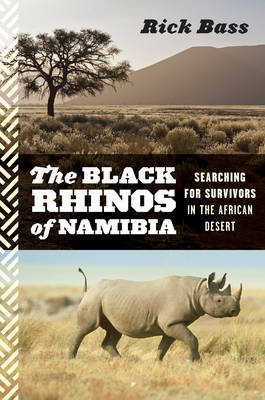Reviewed by Beth C. on
My expectation for this book was that I would read about the Black Rhinos of Namibia. About the "human intervention" and the "cutting-edge conservation" that has, so far, saved the rhinos. I hoped to read more about the animals themselves - facts and information, how the human intervention is working, and what else can be done for these amazing animals. What I got was a very beautifully written book about Namibia, Africa, and Mike. When the back blurb says, "...meditates...", it isn't kidding.
Counting the epilogue, there are 269 pages in the book. The rhinos did not actually make a substantive appearance until page 151. That was the first of only three small bits that discuss actual sighted rhinos. They are mentioned elsewhere, but more within the scope of animals that belong to Namibia. Mostly, the book spent a lot of time ruminating on Namibia as a whole - all the animals, a bit about how people are trying to make conservation efforts work, and quite a lot about one of the conservationists (Mike). I can understand the desire, possibly even the need, to make Mike a central part of the book - but that should have been a different book. Actually, the whole book should have been a different book - or been titled/described more realistically.
Don't get me wrong - it was interesting, and is very elegantly written. It is certainly a book that I might have enjoyed reading at any point - if I knew that is what I was getting. As it was, I felt like my snack had been switched in the middle of a craving and so I left the table still feeling somewhat frustrated and a bit hungry.
Reading updates
- Started reading
- 2 October, 2012: Finished reading
- 2 October, 2012: Reviewed
